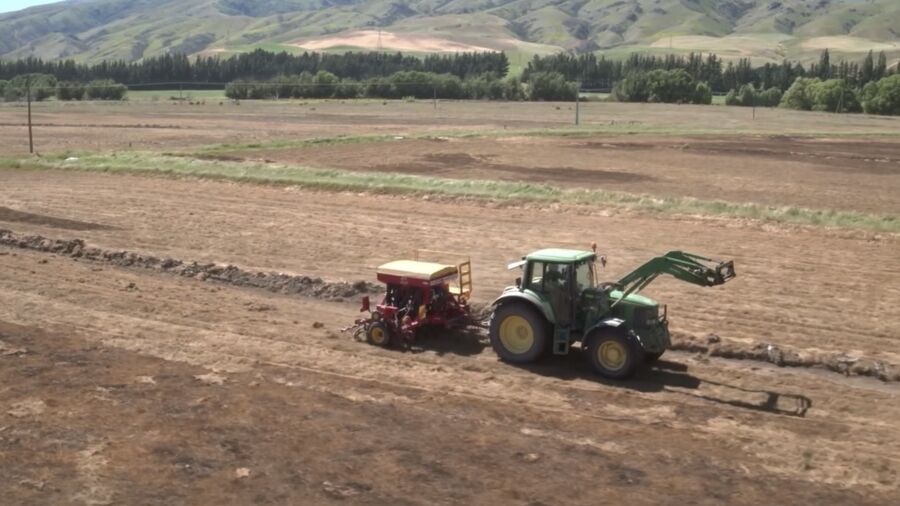
This time of year, in favourable conditions pasture supply outstrips demand. The question arises what can we do in this situation? The two methods commonly used are re-grassing and cutting silage. It is important to look at our regrassing history. Too little or below 10% we need to look at strategies to increase to ensure we have strong pastures to maximise both per-head and per-hectare performance to increase farm gate output now and in years to come.
Silage making is an expensive process and even more expensive if it comes at the expense of re-grassing.
Regrassing
Improved Forage Quality
New pastures, with reduced time in the seed head stage, elevate metabolizable energy, fostering increased meat and milk production per hectare. The New Zealand Pasture Renewal Charitable Trust (NZPRCT) showed new pasture has an average increase of 0.5 MJ of ME/kgDM than older pasture.
Increased Yield
Pastures with appropriate genetics enhance dry matter production, which enables greater carrying capacity and meat and milk output.
Increased Gross Margin per hectare
The NZPRCT work showed an average gross margin increase of $1,089/ha sheep and beef and $1,973/ha in Dairy. That is in year one and doesn’t take into account subsequent years.
Timing
Careful selection of paddocks for re-grassing is critical. Too few means average age of pasture extends which drives poor pasture yield and quality. Too many paddocks out will create a short-term feed hole.
Implementation
Common methods such as cultivation, direct drilling, and under sowing offer flexibility, with the choice influenced by field conditions and time frames. Crops are not necessarily needed. Grass to grass renovations are a very efficient way of getting new pasture in quickly.
Cutting Supplement
Preserving a Surplus
Cutting silage serves as a valuable reserve, ensuring year-round feed availability during pasture deficits. Well-made silage can last for extended periods.
Residual Reset
Timely silage cutting reduces seed head and dead material buildup, enhancing pasture quality for subsequent grazings.
Timing
Precision is vital to avoid creating temporary feed deficits, especially in dryland situations, where the deficit can escalate exponentially. Must be careful not to leave pasture too long as quality declines sharply and pasture persistence is jeopardised.
Cost Consideration
Silage cutting is an expensive process, further heightened if it compromises re-grassing. Post-cutting fertiliser applications are essential to maintain soil fertility. Necessitating careful cost evaluations are required for effective pasture supplement production.
Conclusion
Both options have their place, but the take-home message is don’t cut more silage than you need especially at the expense of re-grassing. Pasture is our powerhouse of milk and meat production and keeping it strong ensures our farm gate output and profitability is maximised.